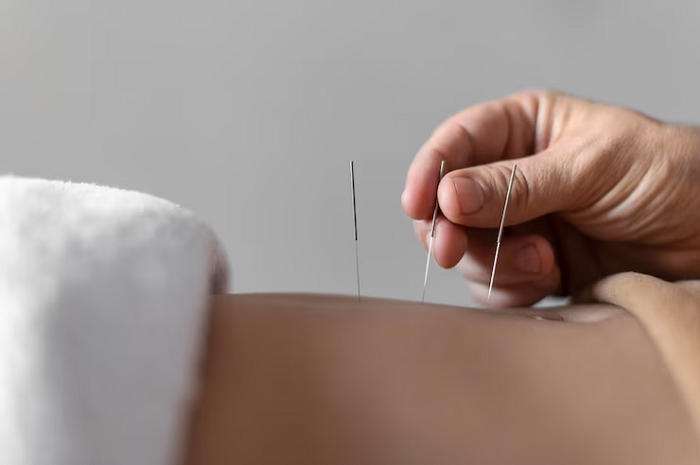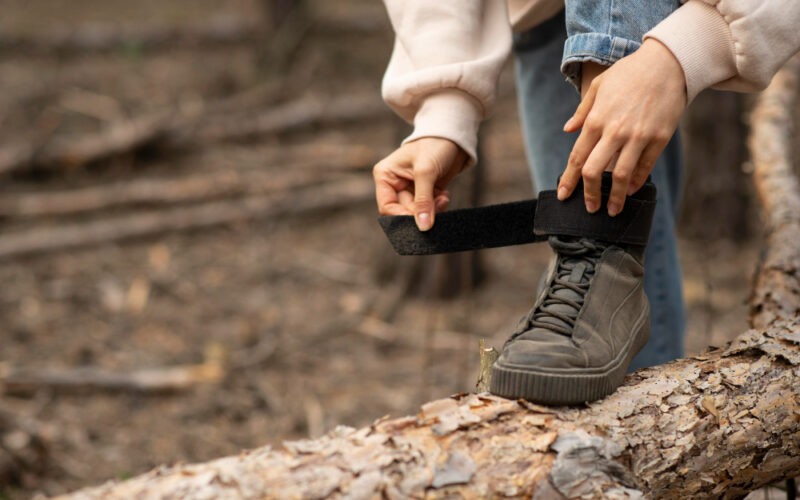
In the bustling heart of New South Wales lies North Sydney, a vibrant community of 69,256 residents. Yet, beneath the picturesque skyline and daily routines, a silent and persistent affliction lurks: chronic pain. Recent statistics reveal that between 2020 and 2021, 15.7% of Australia’s 26.66 million-strong population grappled with chronic back pain. Applying this percentage to North Sydney’s populace, we realise that 10,873 North Sydneysiders endured the burdensome weight of chronic pain in 2022. If you belong to that demographic, you should explore alternative therapies for chronic pain. After reading this article, you will know whether to see a nutritionist, an acupuncturist, or a chiropractor in North Sydney.
Alternative Approaches to Chronic Pain Management
1)Acupuncture

There’s a lot a bunch of thin, sterile needles can mend. The ancient Traditional Chinese Medicine (TCM) practice of acupuncture modulates pain perception by stimulating endorphin release. These painkilling neurochemicals reduce your sensation of pain by increasing oxygen and blood circulation to injured or painful regions. It also influences the release of serotonin and dopamine, powerful neurotransmitters that regulate your mood. This safe and holistic therapy that restores ‘qi’ (healthy energy flow of the body) can be used independently or as an adjunctive with medication, physical therapy, and lifestyle modifications.
2)Massage Therapy
Personalised manual bodywork where muscles and fascia are kneaded and rubbed to scale down tension, pain is the core of massage therapy. Controlled pressure on the soft tissues releases endorphins and improves blood flow, both of which reduce chronic pain. Massage therapists identify trigger points and manipulate these localized muscle areas to loosen and relax them. This relief defuses stress and tension while helping you manage your pain perception. The resultant flexibility will make movement easier and enjoyable again because your range of motion will be restored.
3)Chiropractic Care
Chiropractors take the spine as the primary reference point when dealing with chronic pain. They use manual or instrument-aided techniques to rectify spinal subluxations (misalignments). Spinal realignment improves brain-body communication and nerve function. It is appealing for back pain, neck pain, headaches, and musculoskeletal problems because it is a non-invasive, drug-free alternative healthcare option. Chiropractors not only perform adjustments to increase your joint mobility and flexibility but also dispense advice on posture, ergonomics, and lifestyle so that you can manage chronic pain in the long term or even prevent future episodes. Finding a good chiropractor in North Sydney is relatively simple because practitioners are accredited and regulated by the Chiropractic Board of Australia.
4)Nutritional Therapy
As inflammation is responsible for chronic pain, nutritionists will switch you to a balanced, whole-food, anti-inflammatory diet that eschews processed sugars, refined grains, and trans fats. Your therapist will identify trigger foods like caffeine, alcohol, and additives and strike them from your diet as well. Hydration is also essential to your intake because water keeps your tissues lubricated and toxin-free. You will also receive weight management advice to achieve a healthy figure that does not strain your joints and muscles. With a personalized dietary plan that considers your pain, allergies, sensitivities, deficiencies, and preferences, you can revitalize your body for a pain-free life.
5) Yoga

Another ancient discipline, yoga is not just a set of exercises; it is a philosophy that involves the mind, body, and soul. Yogic poses (asanas) strengthen and adapt your body through gentle stretching and breathwork (pranayama). Yoga has a mindfulness aspect that helps you attune yourself to your body and identify pain triggers. Regular yoga improves your posture, stabilizes your spine, strengthens your core muscles, improves circulation, and regulates your autonomic nervous system. When you practice under a professional yoga instructor, they will modify your routine for safety and effectiveness, considering your chronic pain issues.
6)Tai Chi
Who would have thought that martial arts would be included as a solution to chronic pain management? Tai Chi has made it to the list because it is a low-impact and gentle movement system that refreshes the mind-body connection. You can achieve stability, balance, and coordination through its flowing movements, which adapt your body to exacerbate pain, especially in the back and pelvis. Deep breathing and meditation are part of the package, so you can destress and enjoy bodily calm. Like acupuncture, Tai Chi aims to balance the ‘qi’ (vital energy) of the body, thereby relieving pain-inducing blockages. You will learn to develop resilience and cope with discomfort without relying on medication through gradual progression.
7)Electrotherapy
Slightly more ‘shocking’ than Tai Chi is electrotherapy, the deployment of electrical current
for chronic pain relief through modalities like TENS (Transcutaneous Electrical Nerve Stimulation) and EMS (Electrical Muscle Stimulation). The electrical impulses stimulate sensory nerves to block the pathway between pain signals and your brain (Pain Gate Control Theory). Electrotherapy-induced muscle contraction is minimally uncomfortable and generally well-tolerated; the most you can expect is mild skin irritation at the electrode sites. The possibility of home-based pain management makes it attractive. Remember to follow your healthcare provider’s instructions regarding the device and its adjustable settings.
Conclusion
In 2017-2018, there were 105,000 hospitalisations for chronic pain in Australia. Based on the population ratio, it is estimated that there were approximately 296 hospitalisations for chronic pain in North Sydney during the same period. (According to the Australian Bureau of Statistics, Australia’s population was about 24 million, while North Sydney’s was 67,658.)
The growing acceptance and current appeal of alternative chronic pain management therapies cannot be understated. Alternative therapies and holistic methodologies are making their mark in North Sydney because of their non-surgical and non-pharmaceutical approach based on the belief in the body’s innate self-healing capacity. Side effects and complications resulting from surgeries and drugs can be safely avoided.
It is best to pursue alternative therapies exclusively through qualified and credible practitioners. Vet your choice of nutritionist, Tai Chi master, yoga instructor, or chiropractor in North Sydney and seek referrals from current and past clients before getting into their doors and onto their treatment tables. Only then can you rest easy knowing that their qualifications are legitimate, and their methods are evidence-based.





